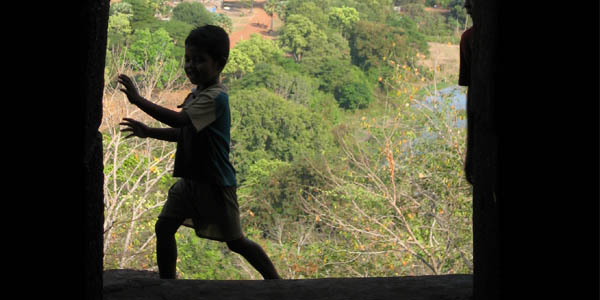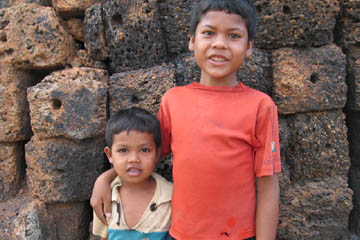OTHER THAN FELLOW FOREIGN BACKPACKERS, my early photo albums rarely have shots of actual people.
It’s as if the local populations were non-existent, or at least hiding in their homes whenever I happened to wander into town. This had led to some odd conversations with family and friends after arriving back home. “So…where is everyone?” they’d ask.


